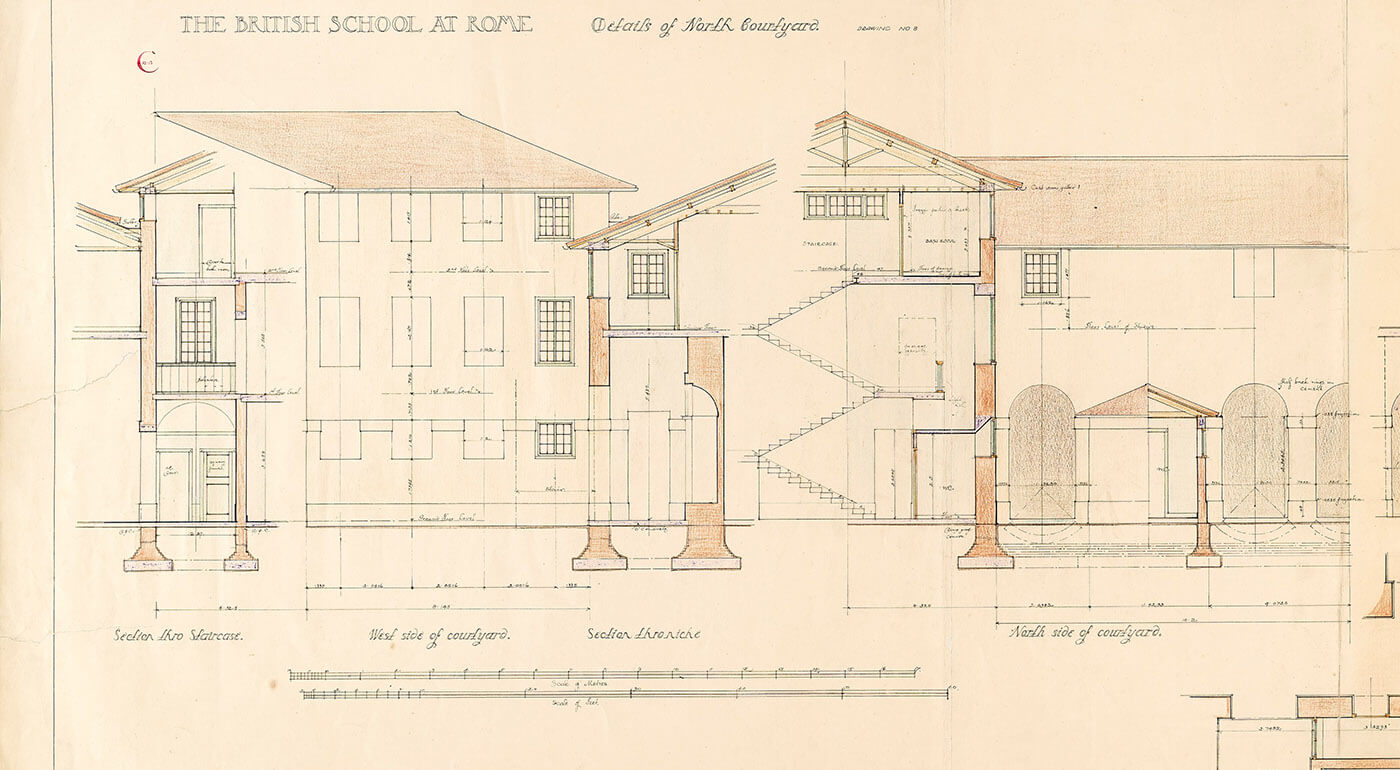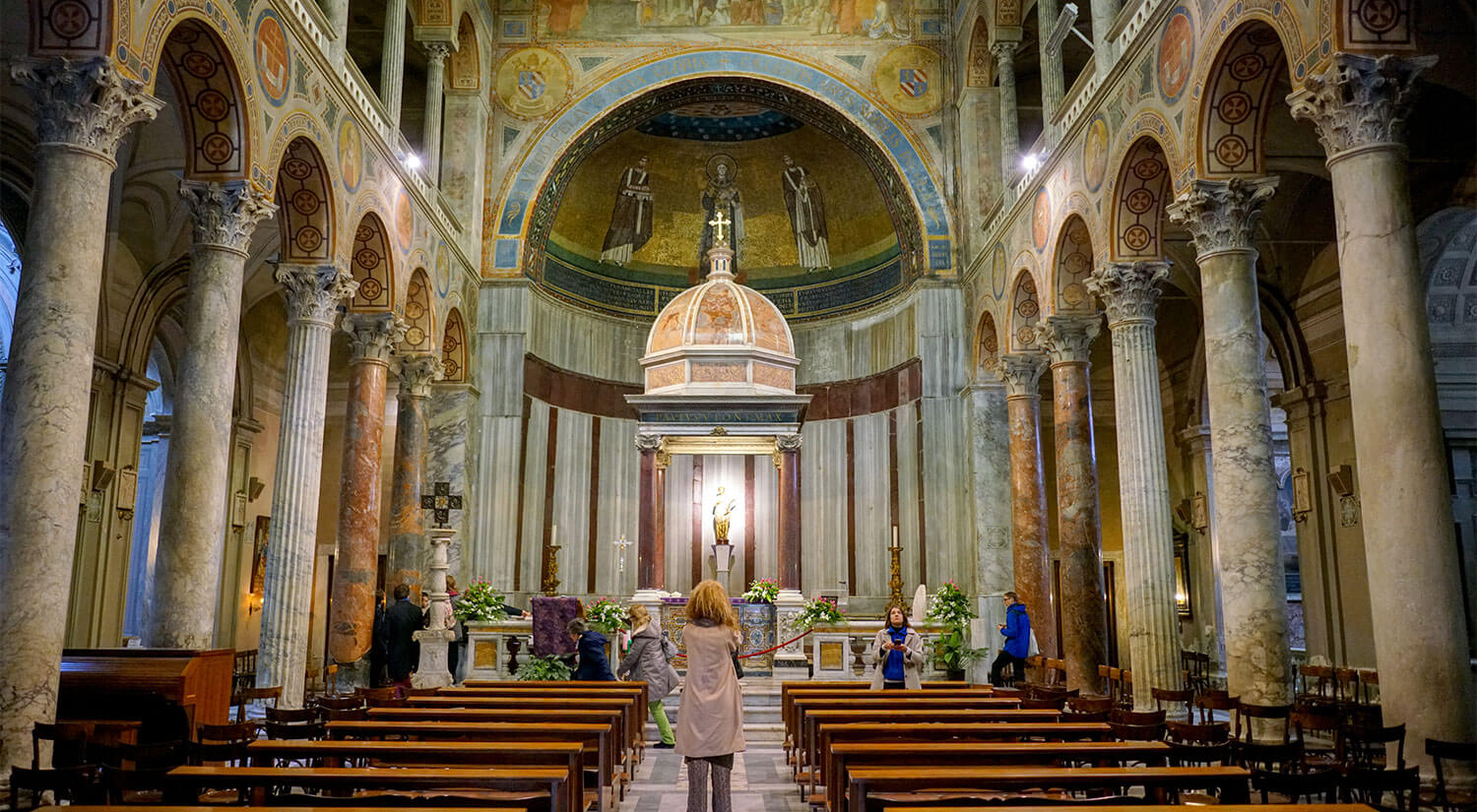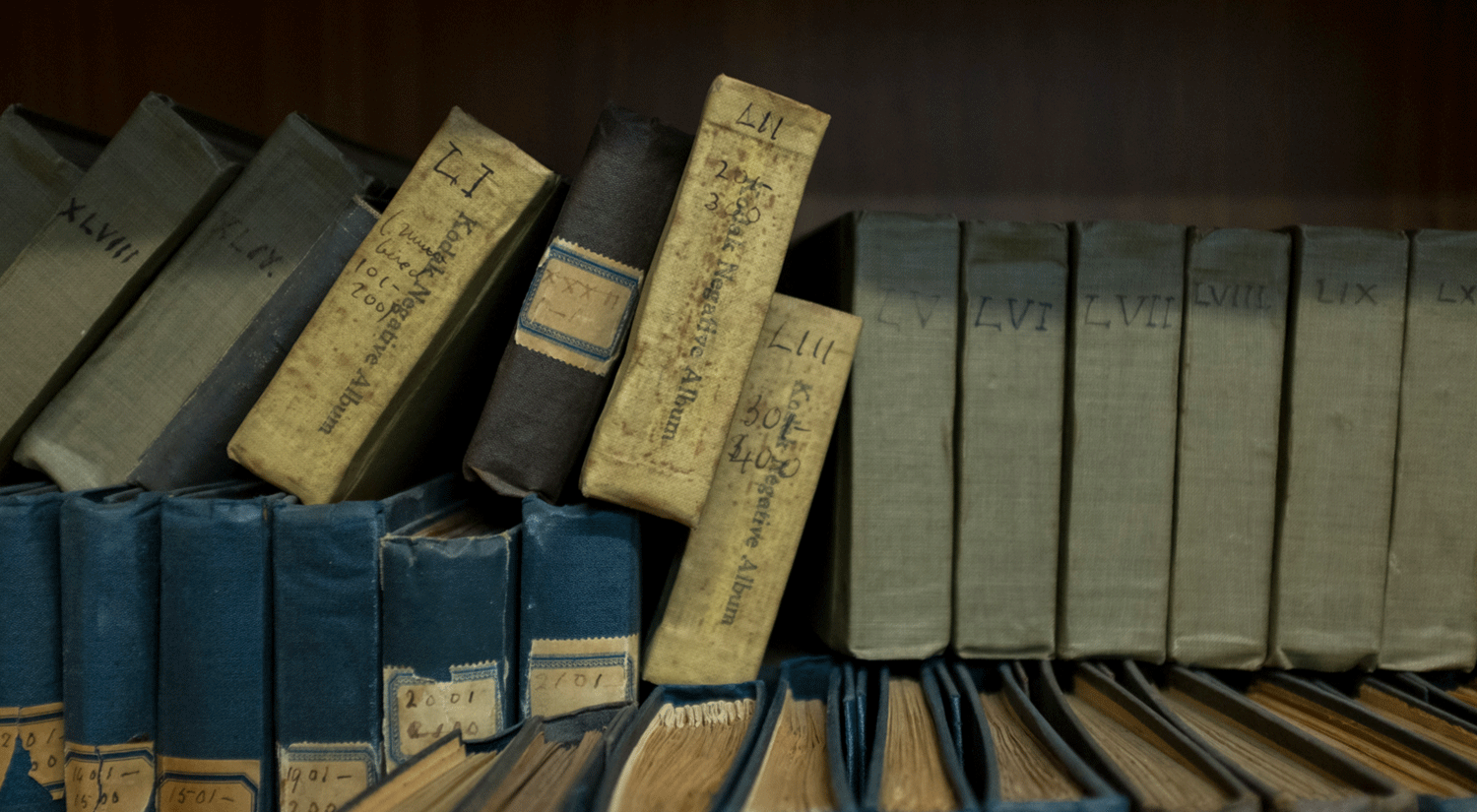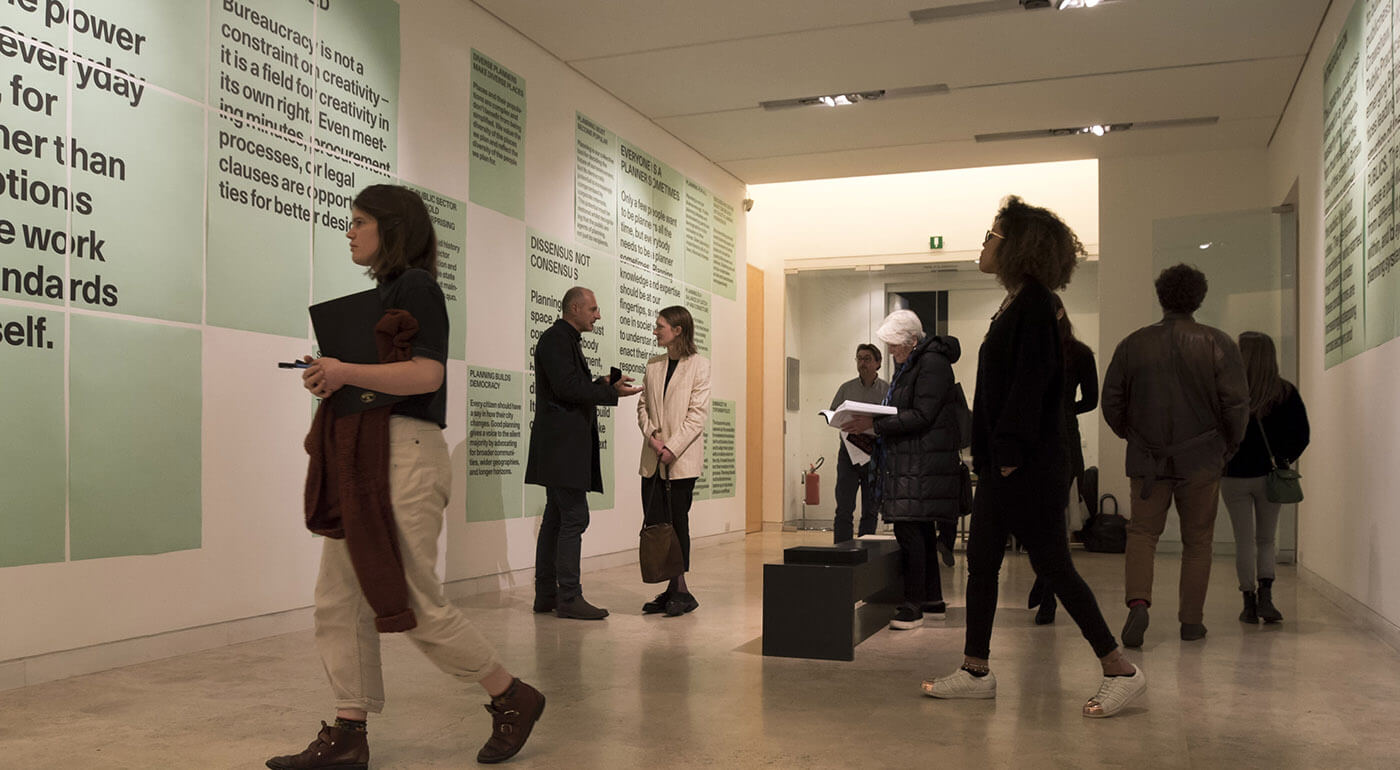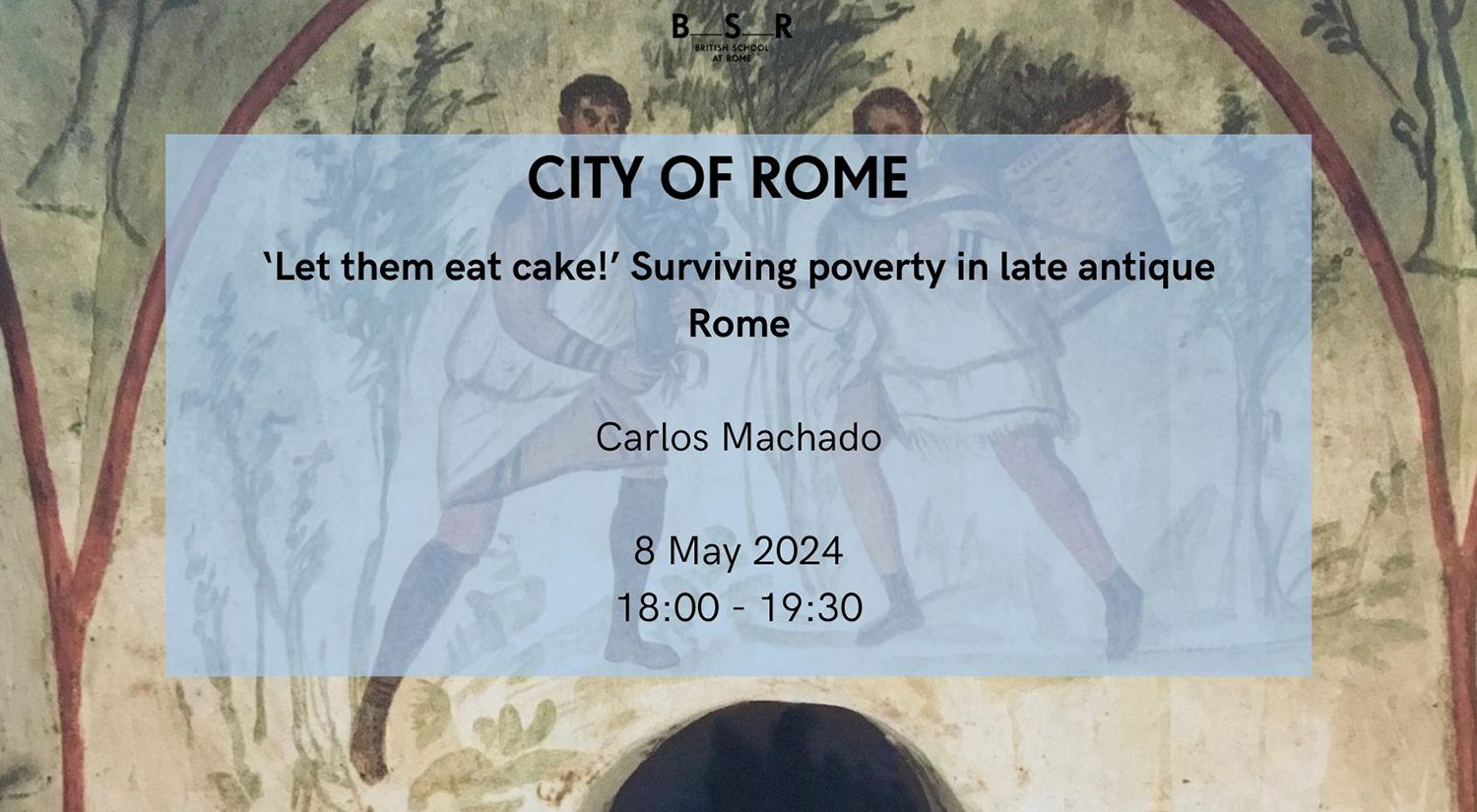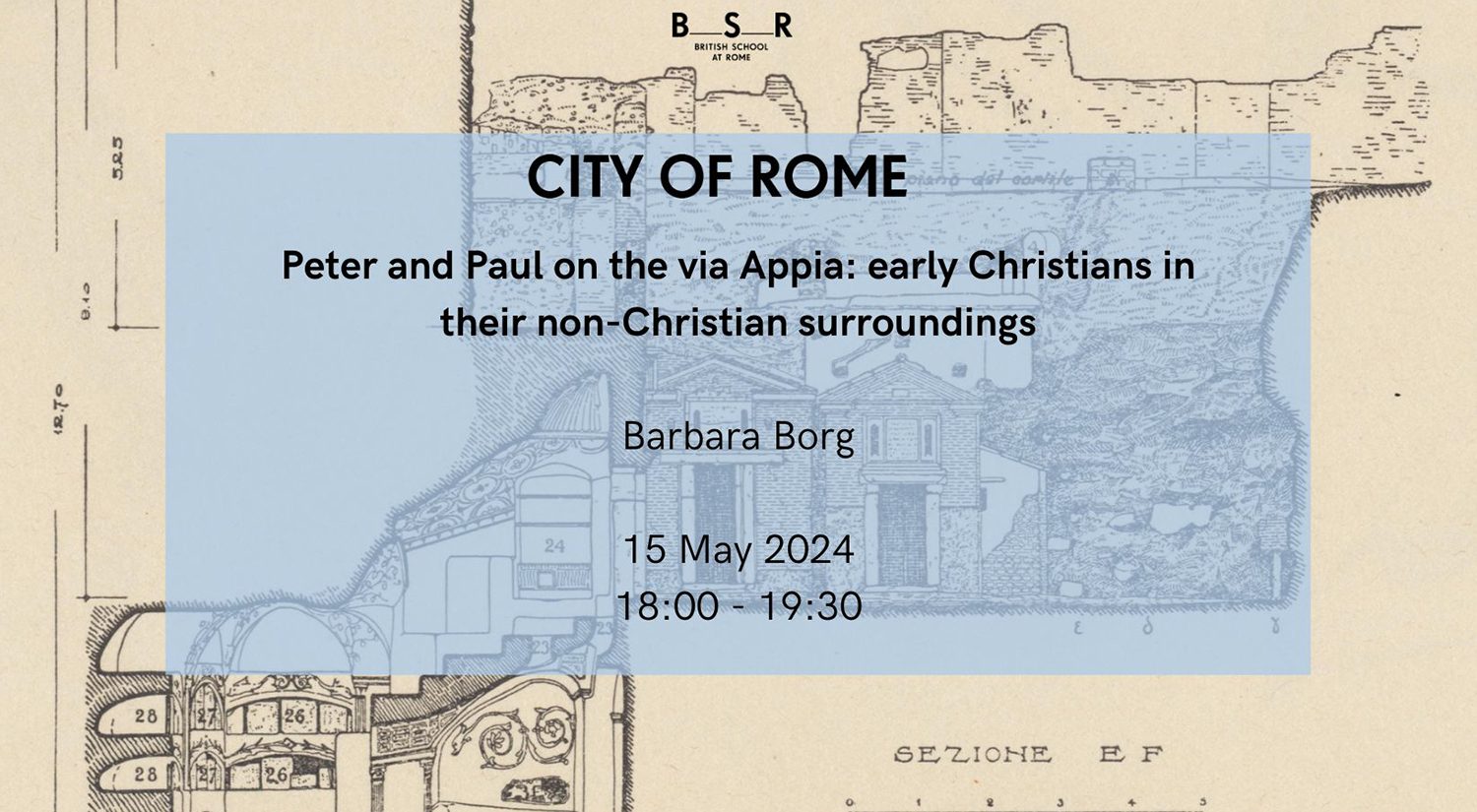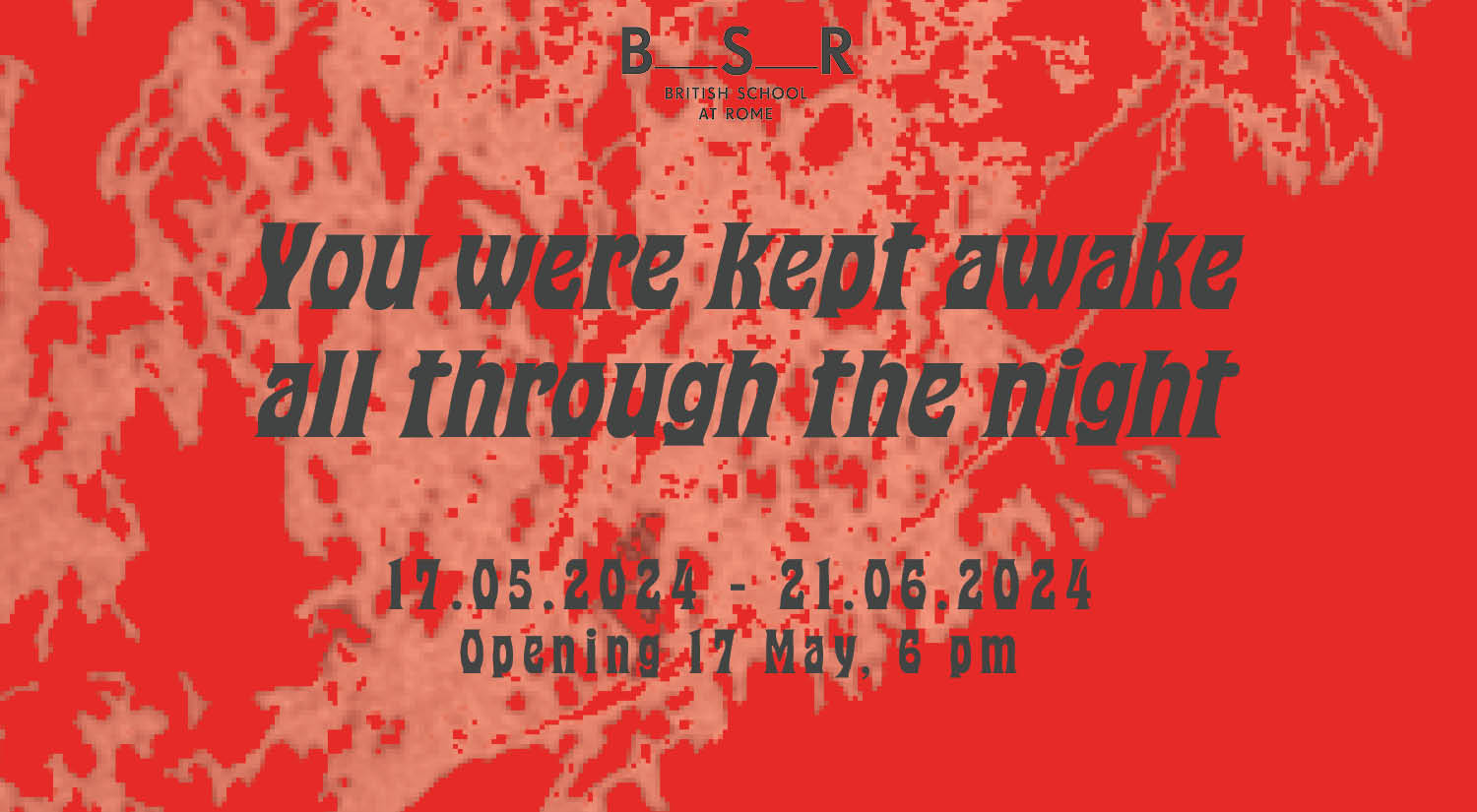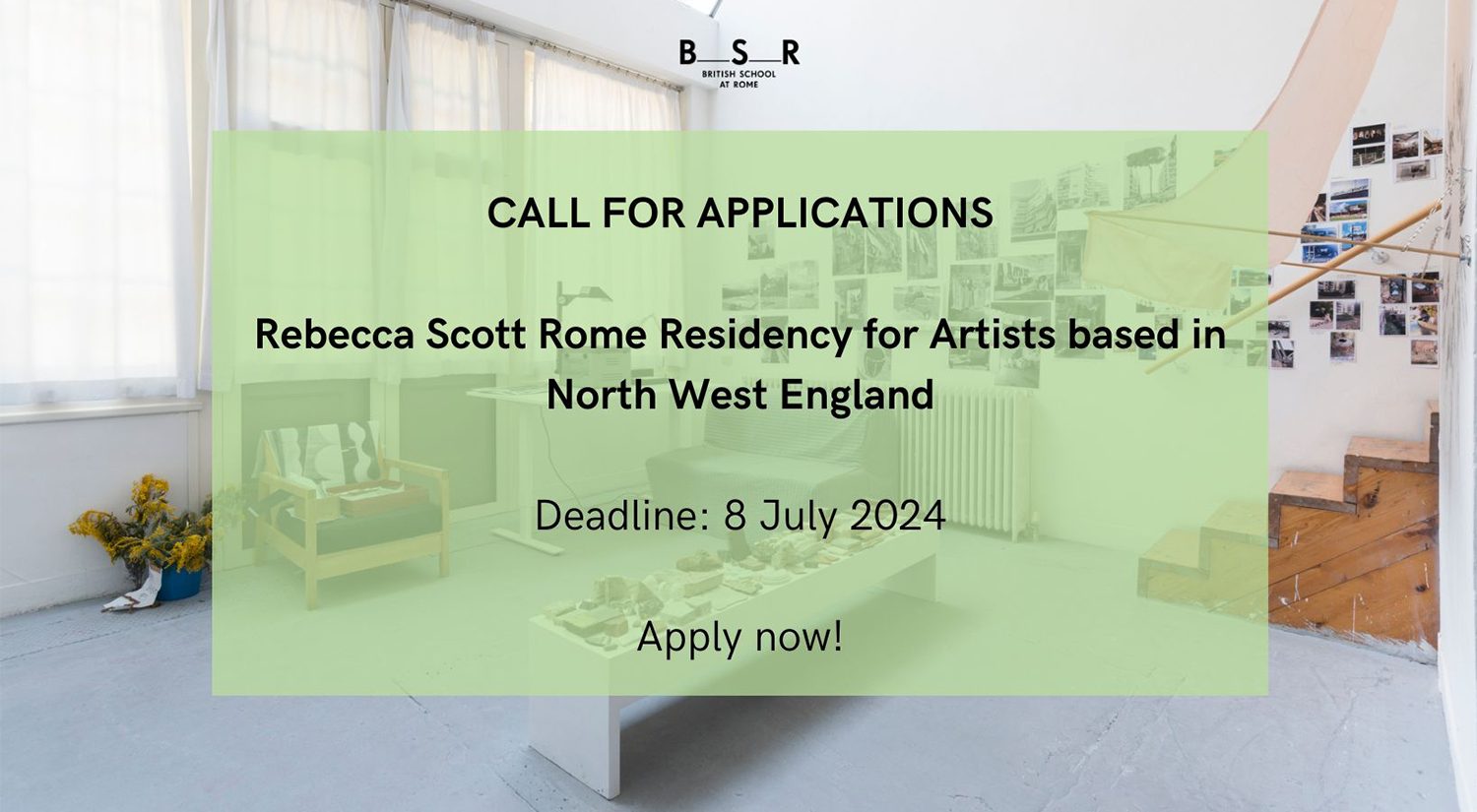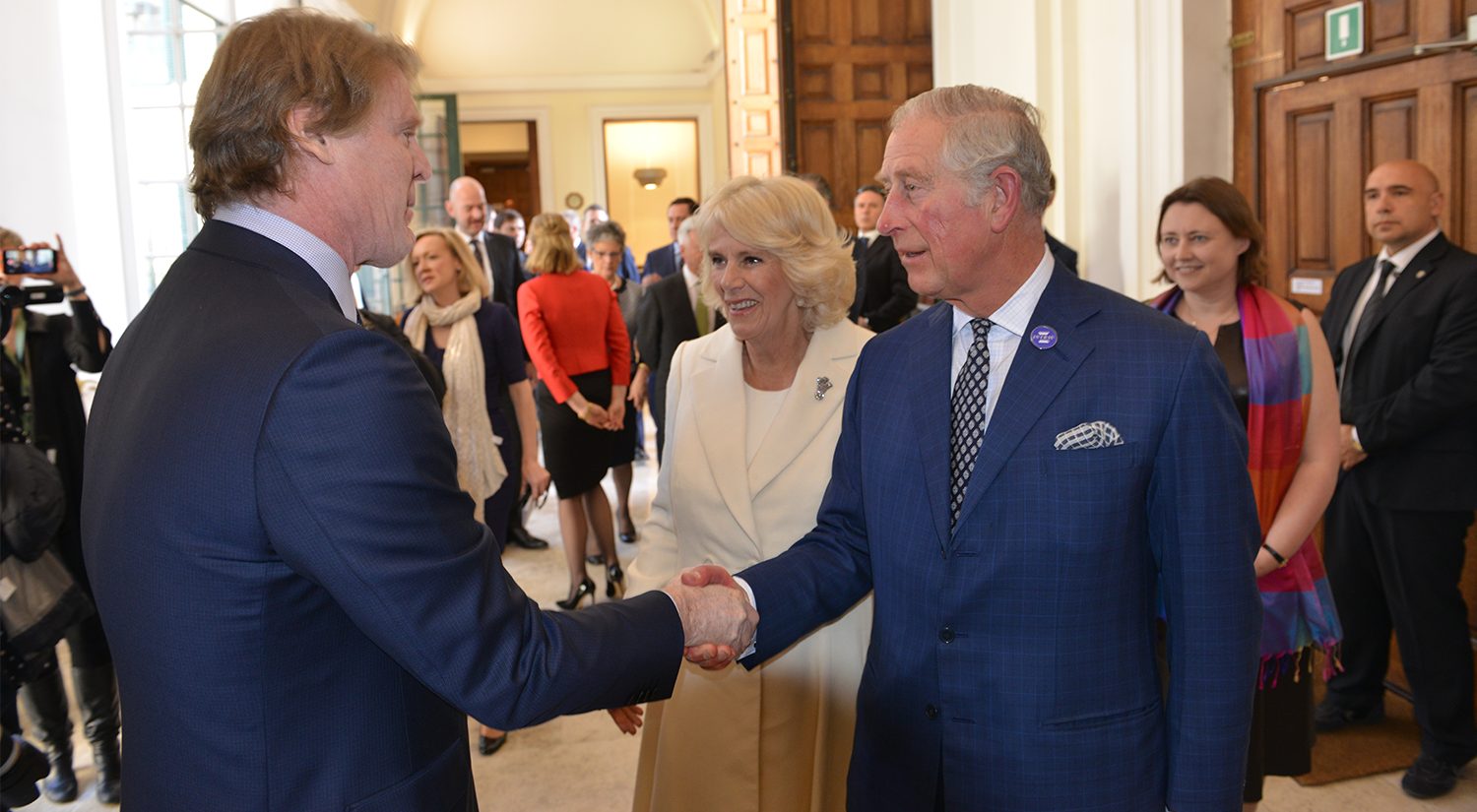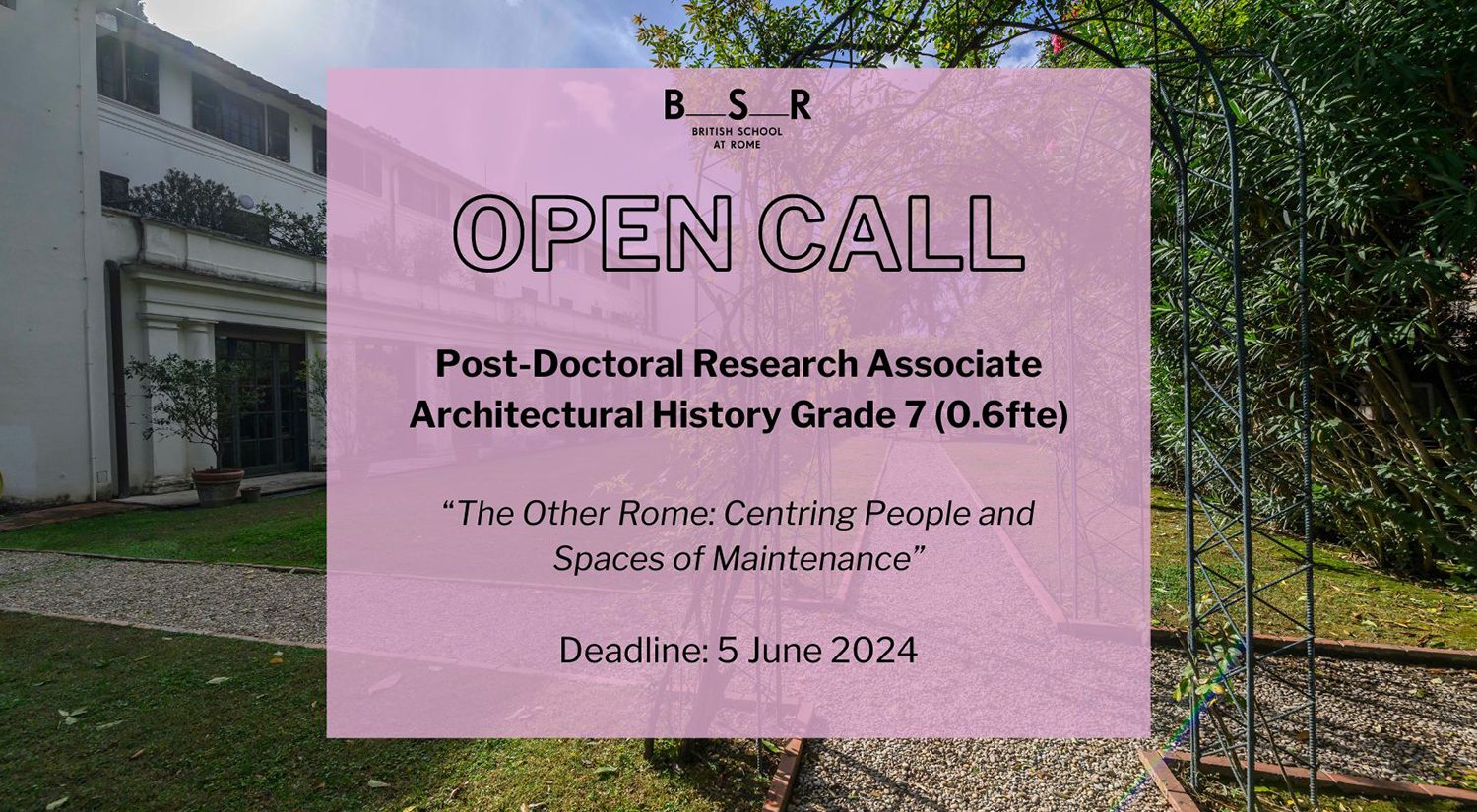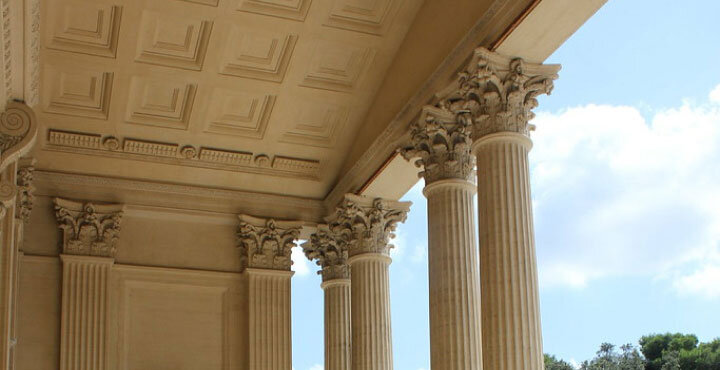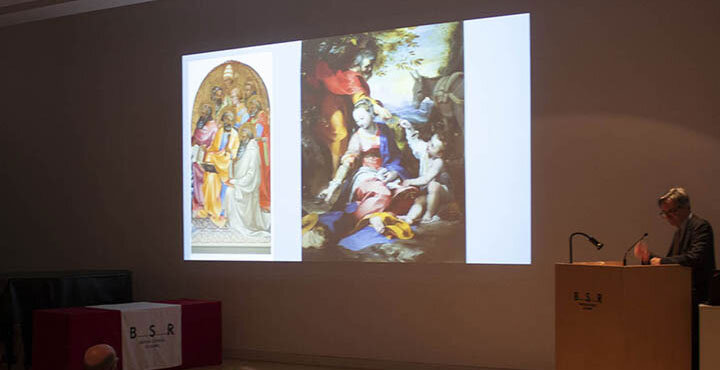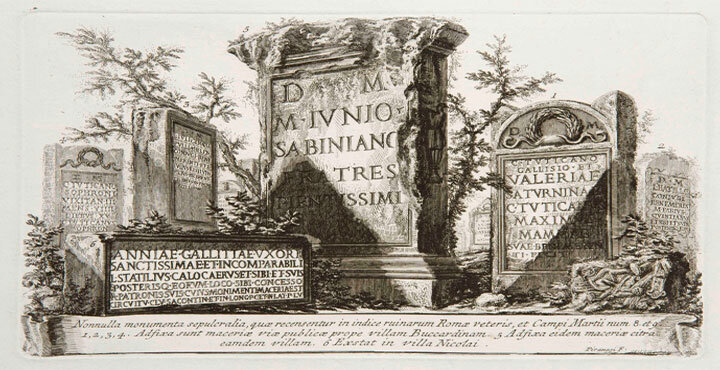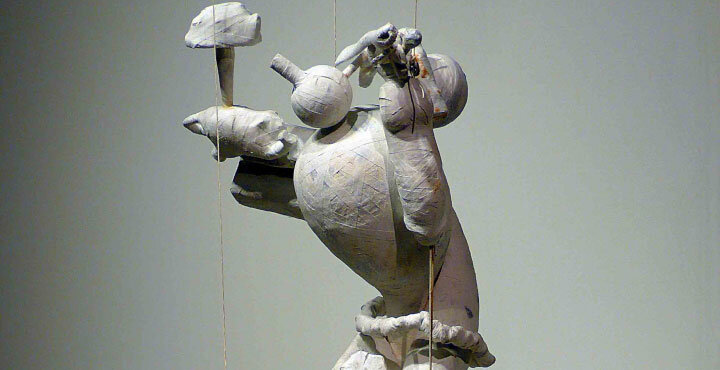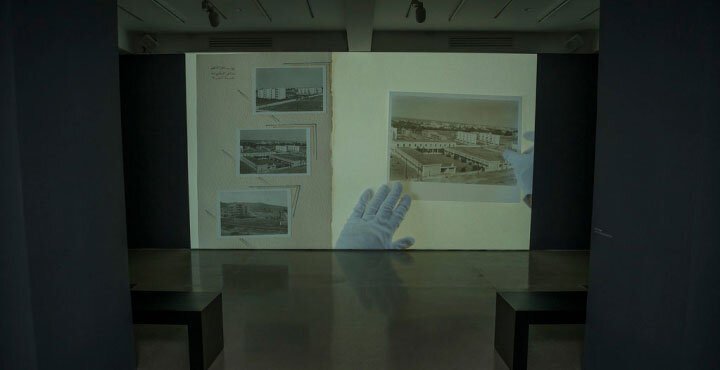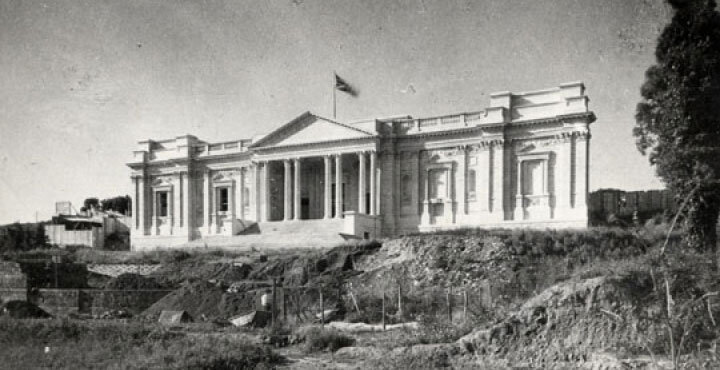




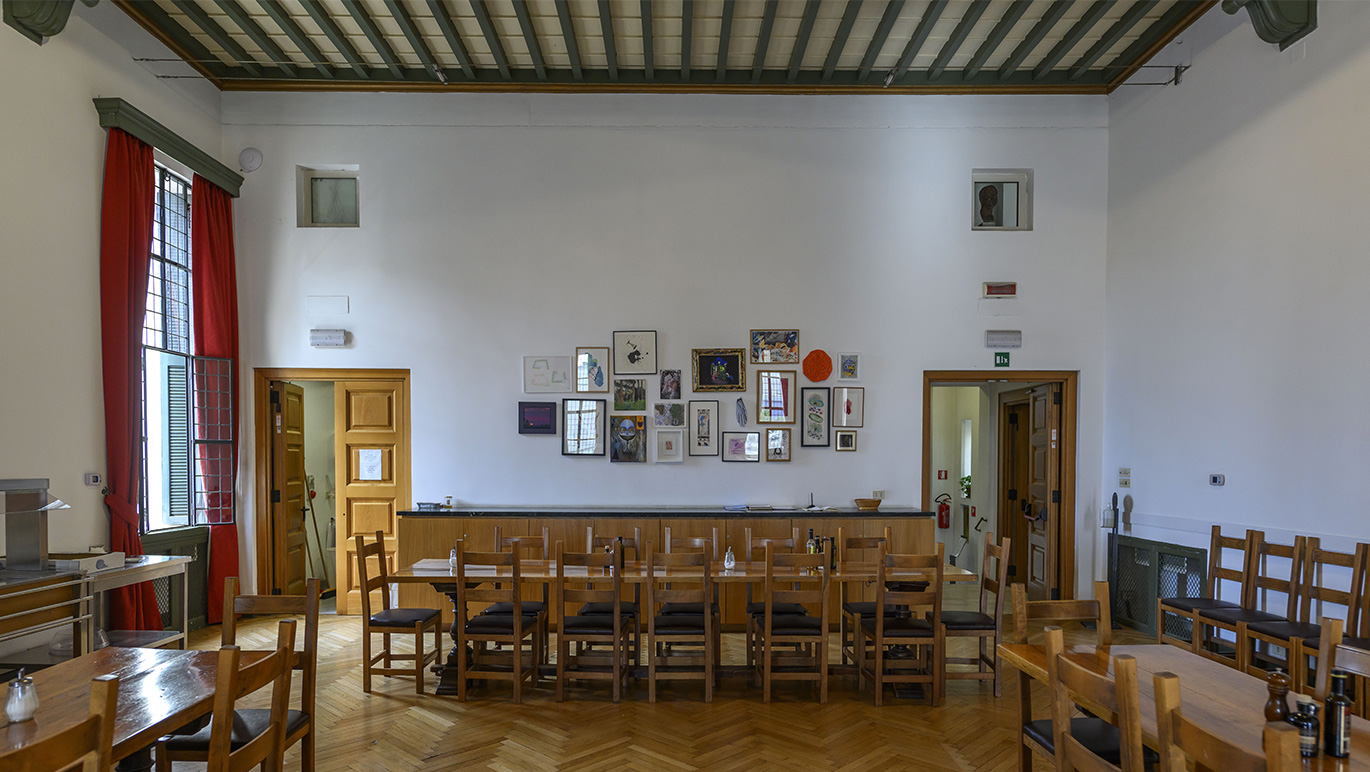
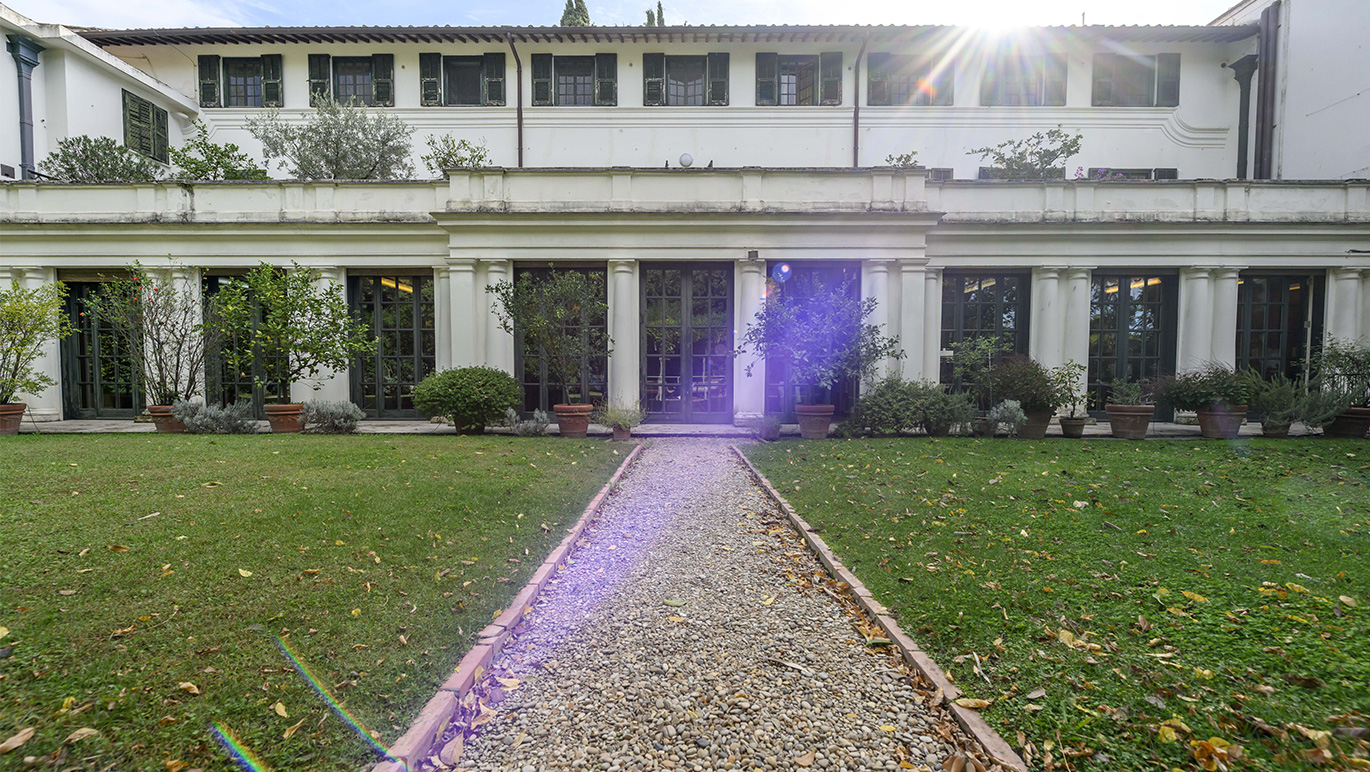





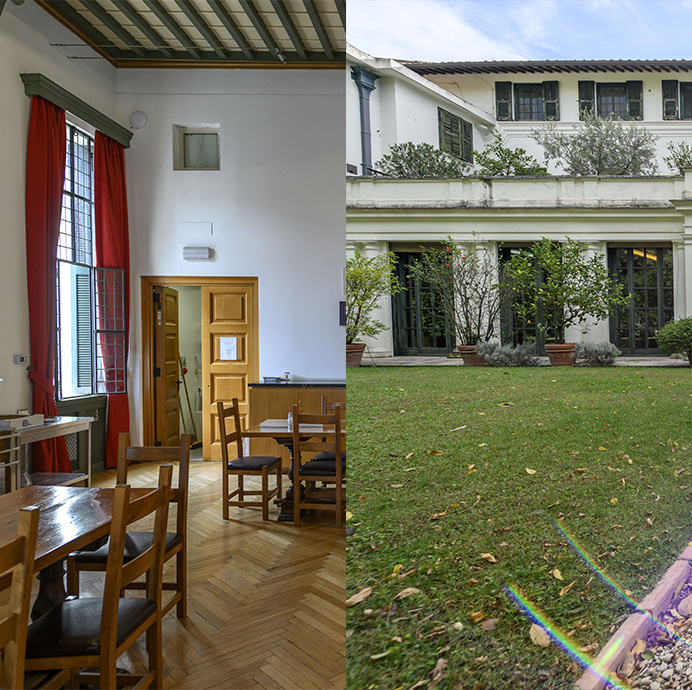

Who We Are
For 100 years, world-class researchers and contemporary artists have been nurtured at the British School at Rome. We are the bridge between the intellectual and cultural heart of Rome and Italy, and creative and academic researchers from the United Kingdom of Great Britain and Northern Ireland and the Commonwealth. We welcome people from a wide range of backgrounds to a stimulating environment of interdisciplinary research and practice where work of the very highest quality is generated and facilitated in a transformative intellectual context.
Who We Are
For 100 years, world-class researchers and contemporary artists have been nurtured at the British School at Rome. We are the bridge between the intellectual and cultural heart of Rome and Italy, and creative and academic researchers from the United Kingdom of Great Britain and Northern Ireland and the Commonwealth. We welcome people from a wide range of backgrounds to a stimulating environment of interdisciplinary research and practice where work of the very highest quality is generated and facilitated in a transformative intellectual context.
What We Do
What We Do
What's On
Poverty was a ubiquitous phenomenon in ancient Rome, a constant feature in the city-scape. The threat of poverty haunted the vast majority of the population
8 May 2024
18:00 - 19:30
City of Rome | Peter and Paul on the via Appia: early Christians in their non-Christian surroundings
The third-century AD cult site of the apostle martyrs Peter and Paul underneath the present church of San Sebastiano at the third mile of the
15 May 2024
18.00 - 19.30
The group exhibition You were kept awake all through the night with artists Dario Carratta, Ginevra Collini, Aaron Ford, Eloise Fornieles, Kerstin Kartscher, Tura Oliveira
From 17 May to 21 June 2024, opening 17 May at 6 pm
Monday - Friday, 3 to 7 pm
What's On
Poverty was a ubiquitous phenomenon in ancient Rome, a constant feature in the city-scape. The threat of poverty haunted the vast majority of the population
8 May 2024
18:00 - 19:30
City of Rome | Peter and Paul on the via Appia: early Christians in their non-Christian surroundings
The third-century AD cult site of the apostle martyrs Peter and Paul underneath the present church of San Sebastiano at the third mile of the
15 May 2024
18.00 - 19.30
The group exhibition You were kept awake all through the night with artists Dario Carratta, Ginevra Collini, Aaron Ford, Eloise Fornieles, Kerstin Kartscher, Tura Oliveira
From 17 May to 21 June 2024, opening 17 May at 6 pm
Monday - Friday, 3 to 7 pm
Latest News
Latest News
The BSR is happy to announce an exciting opportunity for a studio-based artist living and working in North West England to spend three months at
We are delighted to announce that His Majesty The King has confirmed his acceptance of the Patronage of the British School at Rome. King Charles’s
Following a successful grant application to the UK Arts and Humanities Research Council, the University of Liverpool is seeking to recruit one 60% FTE (i.e.











